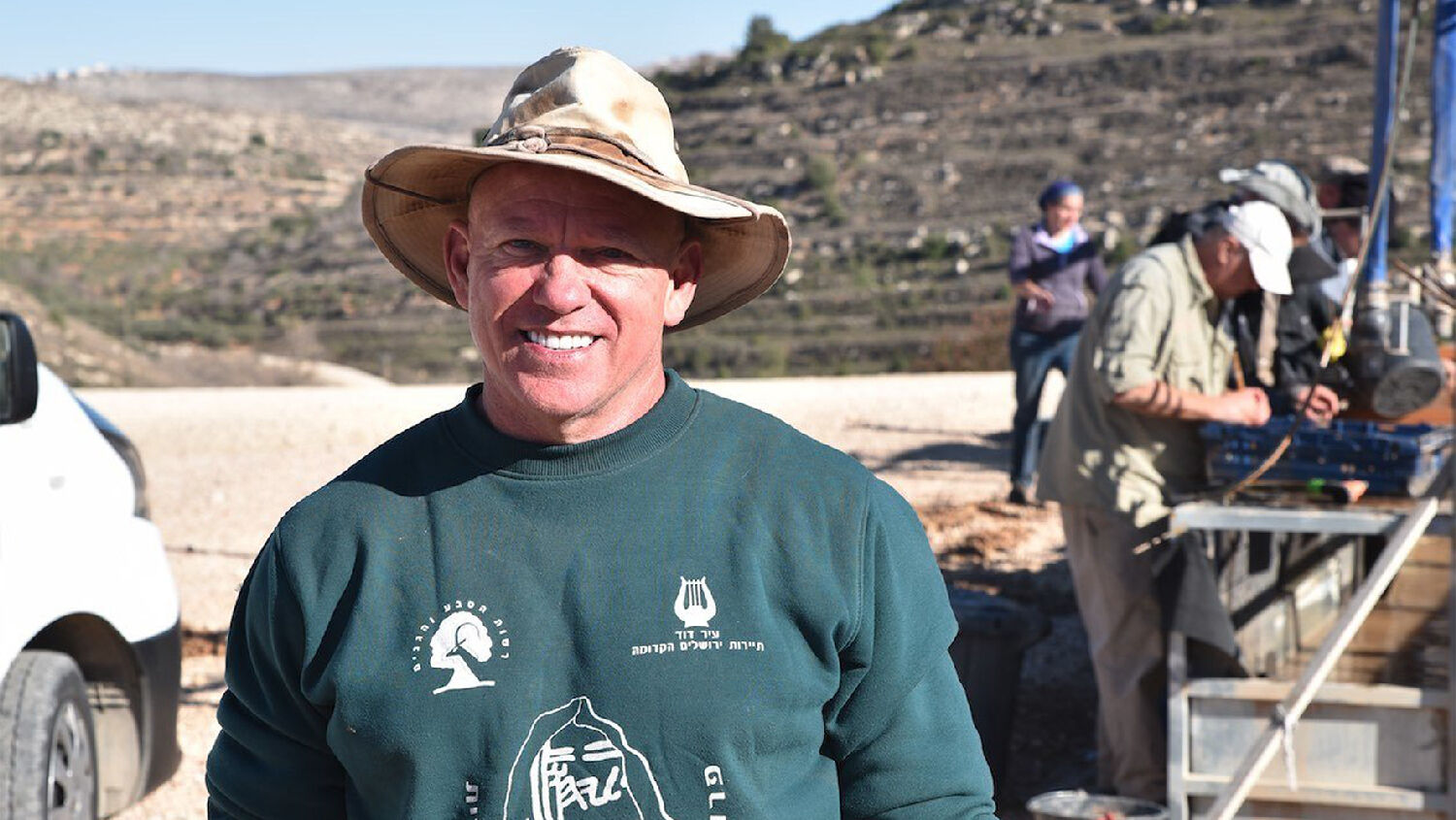
Bones, Seals, Altars and Destruction—Update From Shiloh
The following is yesterday’s Trumpet Brief. These daily e-mails contain personal messages from the Trumpet staff. Click here to become one of the thousands on our mailing list, so you don’t miss another message!
“I think it is our go-to source in this part of the world. Shiloh is not mentioned in Egypt. It is not mentioned in Mesopotamia. It is only mentioned in the Bible. And so, that is our go-to source.”
You won’t believe how refreshing it was for me to hear Dr. Scott Stripling, director of the renewed Shiloh excavations, speak those words in our 30-minute interview last Friday.
To the uninitiated, it might seem completely normal for an archaeologist digging in the land of the Bible to use that same text to help him understand what he excavates. Unfortunately, in my experience, that is not the case.
As Dr. Stripling brought out at Tel Shiloh on Friday, many budding archaeologists in Israeli institutions simply aren’t being taught how helpful the Bible can be to give meaning to the stones, walls and other discoveries coming out of the ground in Israel.
If you have followed our archaeological work in Israel, you know that we firmly believe in using the Bible as a guide of where to excavate and also as a source for the necessary historical context behind the discovered materials.
For over 50 years, we have worked with both the late Prof. Benjamin Mazar and, presently, Dr. Eilat Mazar; both of whom have championed the Bible’s use in archaeology, not as part of some zealous effort to prove the Bible as a historical document, but rather to help interpret the discoveries. It is simply good science to use the Bible.
Without a firm grasp of biblical history, an archaeologist in Israel is largely ill-equipped to correctly interpret his or her discoveries. This is certainly borne out in the history of archaeological discovery of previous excavators of Tel Shiloh.
Thankfully, there are still a few archaeologists who value the Bible as the “go-to source” for excavating the land of the Bible. The results of such a methodology speak for themselves.
I encourage you to listen to my interview with Dr. Stripling and hear how that biblical knowledge has helped him understand the stones of ancient Shiloh, the headquarters of Israel from the time of Joshua to the time of Samuel.
